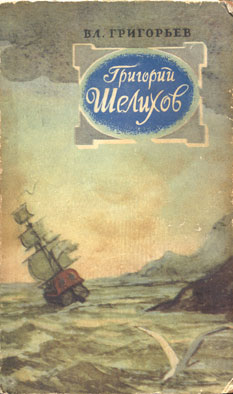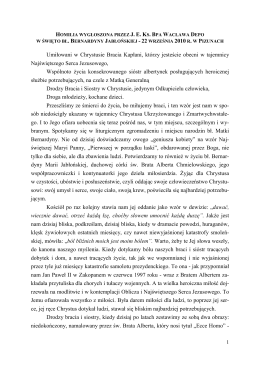Main Menu
Vikrojka Russkogo Narodnogo Kartuza
суббота 06 апреля admin 76
Can translate from or and other languages. Our free online Russian translation service will help you with all your language needs.
Lev Vasil'evich Uspenskij. Zapiski starogo peterburzhca----- Lenizdat, 1970 OCR&SpellCheck - Alex Prodan, alexpro@enteh.com ----- Redaktor L. Koshevaya Hudozhnik YU. Vasil'ev Hudozhnik-redaktor O. M a s l a k o v Tehnicheskij redaktor A. Semenova Korrektor V. CH a l e n k o Sdano v nabor 12/III 1970 g.
If you want to learn Russian, our online Russian translator will help you to perform Russian translation, learn Russian words and phrases, and even become a Russian speaker. With our free Russian translation tool you can translate to and from any of the supported languages, check spelling of your text, look up the Russian words and phrases in the dictionary, listen to the Russian voice using our text-to-speech tool, practice pronunciation by following the text on the screen. If you speak the Russian language, you will be able to easily translate Russian, communicate with people while traveling in the Russian speaking countries, help your kids doing Russian homework, and use the Russian language in your job. Want to try the Russian translator? Simply enter text in the original text window, select Russian to any language pair, and click Translate.
EDITOR’S NOTE: Updated with confirmation of launch success. A Soyuz rocket crowned by a Fregat upper stage carrying 11 Russian, German and U.S. Satellites into orbit lifted off Thursday from the Vostochny Cosmodrome in Russia’s Far East, the first flight from the country’s newest spaceport since a failure in November. The Soyuz-2.1a rocket lifted off at 0207:18 GMT Thursday (9:07:18 p.m. EST Wednesday) from Vostochny, a cosmodrome carved from the forests of Russia’s Amur region near the country’s border with China. Burning a combination of kerosene and liquid oxygen, the Soyuz rocket’s four first stage boosters fell away around two minutes after liftoff, and the Soyuz core engine — known as its second stage — fired for around five minutes on a path north from Vostochny.
A third stage RD-0110 engine ignited to send the rocket’s Fregat upper stage toward orbit, then separated from the Fregat nearly nine minutes into the mission. The Fregat upper stage was programmed to fire seven times to deploy 11 satellites into two distinct orbits several hundred miles in altitude, then to brake back into Earth’s atmosphere for a destructive re-entry, ensuring the mission does not create unnecessary space junk. The Fregat’s flight sequence was to last more the five hours from blastoff from Russia’s Far East through re-entry over the Pacific Ocean southwest of Mexico.
The primary payloads on Thursday’s flight were the Kanopus-V 3 and 4 Earth observation satellites. The two spacecraft, which each weigh about a half-ton, will assist the Russian government in disaster response, mapping, forest fire detection and resource monitoring. Artist’s concept of the Kanopus-V 3 and 4 satellites.
Credit: Roscosmos Thursday’s flight profile called for two Fregat main engine firings before separation of Kanopus-V 3 and 4. A statement issued by Roscosmos, the Russian space agency, said the twin payloads were deployed into their targeted sun-synchronous orbits around 317 miles (510 kilometers) above Earth around one hour after liftoff.
The Kanopus-V 3 and 4 satellites are owned by Roscosmos, and they will provide multiple Russian government agencies with black-and-white and color observations of Earth. Two more Fregat burns guided the rocket into a different orbit for release of nine more payloads launched under a commercial arrangement provided by Glavkosmos, a Russian launch services provider aimed at the international market. All of the satellites on Thursday’s launch were deployed by 0450 GMT (11:50 p.m. EST Wednesday), Roscosmos said in a statement. Contoh proposal dan skripsi manajemen keuangan perbankan.

Four Lemur-2 nanosatellites for U.S.-based Spire Global’s commercial space network were aboard the Soyuz rocket. The Lemur-2 CubeSats will join Spire’s satellite fleet measuring atmospheric weather conditions and tracking global maritime traffic. Thursday’s mission was the third launch with Spire Lemur-2 satellites in three weeks, coming on the heels of an Indian Polar Satellite Launch Vehicle flight and Rocket Lab’s Electron rocket test flight earlier this month. “In the end, Spire has 10 new Lemur satellites in orbit from three different launch vehicles from three different countries in in under three weeks!” Spire launch director Jenny Barna wrote in a blog post. “Looking forward to many more successes in 2018!” Another four nanosatellites for the Technical University of Berlin launched Thursday will demonstrate an S-band inter-satellite communications package that could allow future constellations of spacecraft to conduct autonomous missions. Each of the S-Net satellites weighs about 18 pounds, or 8.5 kilograms.
